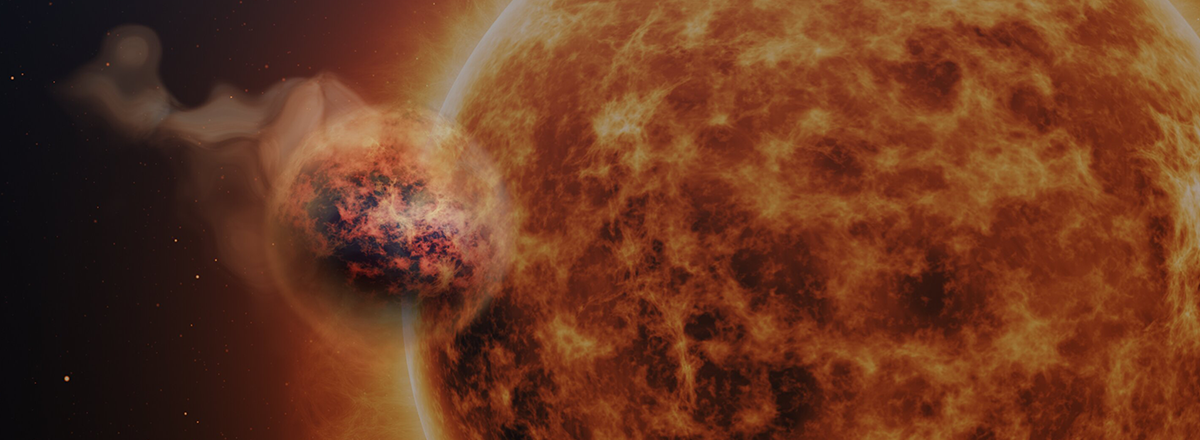James Webb Space Telescope Reveals an Exoplanet with Sand Clouds
Their findings have been nothing short of remarkable. Amidst the gaseous expanse of WASP-107b, astronomers detected the presence of water vapor, sulfur dioxide, and an unexpected phenomenon—clouds composed of fine silicate particles.

The James Webb Space Telescope (JWST) has recently made an astonishing discovery closer to home. This time, its target was an exoplanet called WASP-107b, located 200 light years away. WASP-107b, affectionately dubbed the "fluffy" exoplanet due to its low density, has astounded astronomers with its unique atmospheric composition.
WASP-107b's atmosphere is notably lighter and more rarefied, allowing researchers to delve deeper into its mysteries. Using the Mid-Infrared Instrument (MIRI) aboard JWST, a team of astronomers conducted a comprehensive study of the exoplanet's atmosphere.
Their findings have been nothing short of remarkable. Amidst the gaseous expanse of WASP-107b, astronomers detected the presence of water vapor, sulfur dioxide, and an unexpected phenomenon—clouds composed of fine silicate particles.
These discoveries have profound implications for our understanding of exoplanetary atmospheres and the intricate chemical interactions that shape them.
The 'fluffiness' of WASP-107b's atmosphere allowed photons from its host star, WASP107, to penetrate deeply, resulting in the formation of sulfur dioxide—a surprising revelation. Furthermore, the high-altitude clouds observed on this exoplanet consist of minuscule silicate particles, which follow a cycle of sublimation and condensation, similar to Earth's water vapor and cloud cycle.

